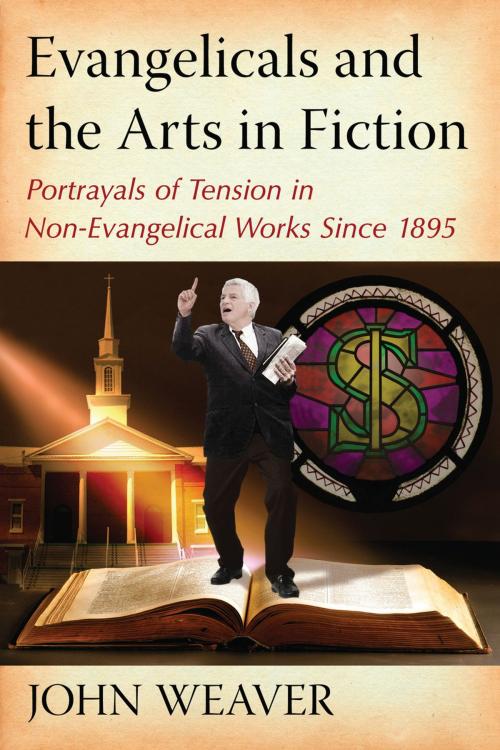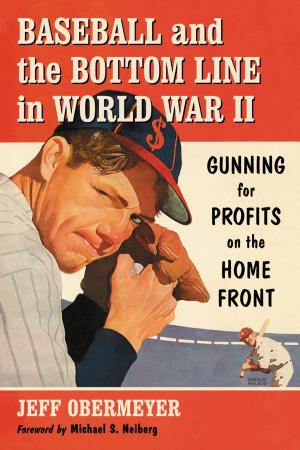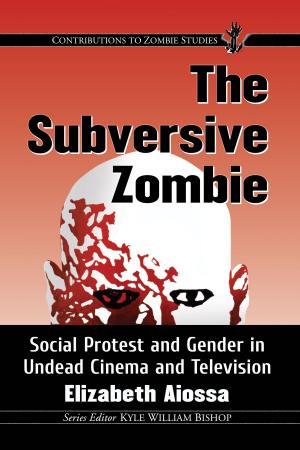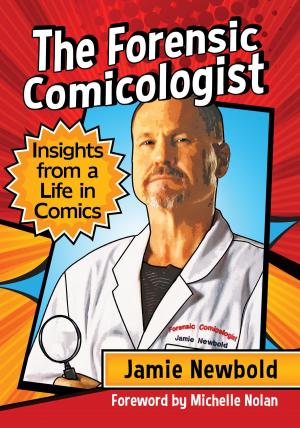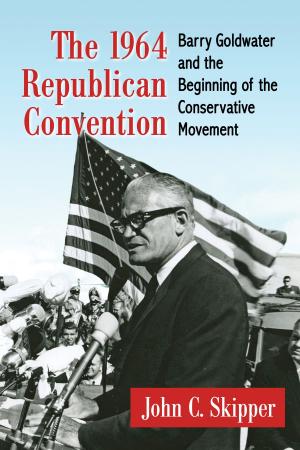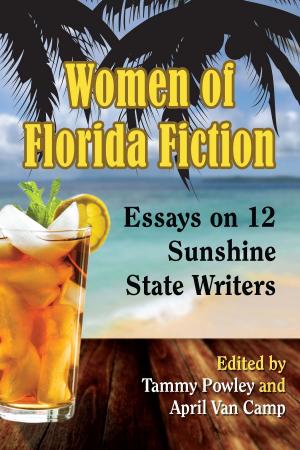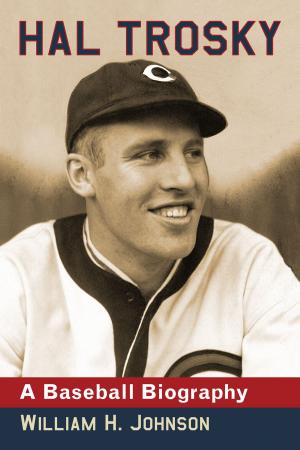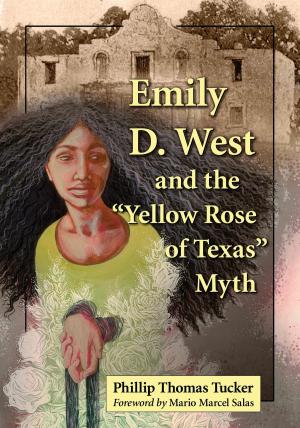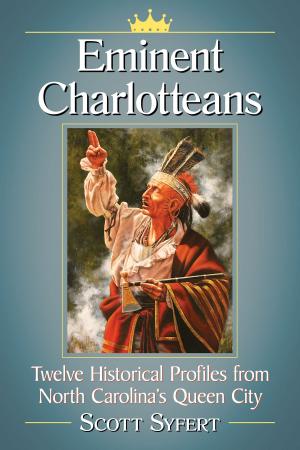Evangelicals and the Arts in Fiction
Portrayals of Tension in Non-Evangelical Works Since 1895
Nonfiction, Social & Cultural Studies, Social Science, Cultural Studies, Popular Culture, Fiction & Literature, Literary Theory & Criticism, Religion & Spirituality| Author: | John Weaver | ISBN: | 9781476602868 |
| Publisher: | McFarland & Company, Inc., Publishers | Publication: | April 6, 2013 |
| Imprint: | Language: | English |
| Author: | John Weaver |
| ISBN: | 9781476602868 |
| Publisher: | McFarland & Company, Inc., Publishers |
| Publication: | April 6, 2013 |
| Imprint: | |
| Language: | English |
This book is an exploration of how the relationship of evangelicals to the arts has been portrayed in fiction for the last century. The author argues that evangelicals are consistently seen as enemies of the arts by non-evangelical writers. The artist (typically represented by a literal artist, occasionally by a scientist or reluctant messiah) typically has to fight for liberation from such clichéd character types as the failed evangelical artist, the rube or the hypocritical pastor. Rather than resist the cliché of anti-art evangelicalism, the book contends that evangelicals should embrace it: this stereotype is only hurtful so long as one assumes that the arts represent a positive force in human society. This work, built off the scholarship of John Carey, does not make that assumption. Surveying the current pro-artistic views of most evangelicals, the author advances the argument that evangelicals need to return to their anti-art roots. By doing so they would align themselves with the most radical artistic elements of modernism rather than with the classicists that the movement currently seems to prefer, and provide space for themselves to critique how secular artistic stereotypes of evangelicals have economically and artistically marginalized the evangelicals’ community.
This book is an exploration of how the relationship of evangelicals to the arts has been portrayed in fiction for the last century. The author argues that evangelicals are consistently seen as enemies of the arts by non-evangelical writers. The artist (typically represented by a literal artist, occasionally by a scientist or reluctant messiah) typically has to fight for liberation from such clichéd character types as the failed evangelical artist, the rube or the hypocritical pastor. Rather than resist the cliché of anti-art evangelicalism, the book contends that evangelicals should embrace it: this stereotype is only hurtful so long as one assumes that the arts represent a positive force in human society. This work, built off the scholarship of John Carey, does not make that assumption. Surveying the current pro-artistic views of most evangelicals, the author advances the argument that evangelicals need to return to their anti-art roots. By doing so they would align themselves with the most radical artistic elements of modernism rather than with the classicists that the movement currently seems to prefer, and provide space for themselves to critique how secular artistic stereotypes of evangelicals have economically and artistically marginalized the evangelicals’ community.
